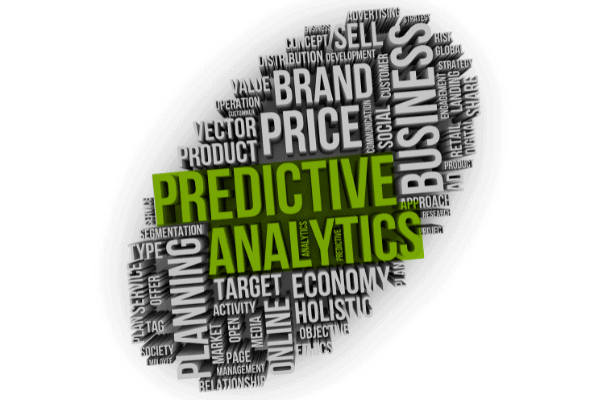The leadership at a major beverage manufacturer had a problem. There was growing negative consumer sentiment around sugary carbonated beverages (which happened to be at the core of its business), and it showed no signs of letting up. The company knew it needed to update its portfolio to accommodate changing consumer tastes. The only question was how.
To help guide its strategy, the company took a data-driven approach to identify patterns, trends, and opportunities. By analyzing consumer posts with negative sentiment around carbonated soft drinks, they were able to pinpoint which less-caloric alternatives consumers were switching to and the specific features these consumers were seeking — in this case, caffeine and carbonation.
Building on that quantifiable, data-backed insight, the company developed a new product line, which is currently on track to become a $1 billion brand. That’s the power of advanced data analytics and the reason that these types of platforms have gone from nice-to-have to must-have for dynamic industries like food and beverage.
Advanced Data Analytics: What Will Consumers Want to Taste Next Year?
For manufacturers to remain competitive, they need to stay ahead of the curve and anticipate what consumers will want next. That means decision-makers are going to need to place some bets supported by advanced data analytics.
With the right data tools, food and beverage makers can see into the future. Sort of. At least, they can quantifiably identify ascendant consumer trends and build strategies based on those insights.
While some basic social-listening tools discern consumer sentiment by sifting through user-generated data, more advanced platforms like Skai ingest and connect a wide variety of disparate data sources. From open-source consumer-generated content to offline data sets to integrated third-party data feeds, such as Nielsen, we provide a holistic view of the marketplace to show how trends originate and evolve — and where they are going next.
In a previous technological era, preparing all this data would require enormous investments in resources. Even today, studies show that more than 40% of an analysts’ time is spent working on validating, categorizing, and otherwise pre-processing advanced analytics data. This means companies are often forced to choose between relying on limited sets of data or establishing in-house mega analytics teams. Skai removes this choice by combining the depth of traditional market research with the speed and scale of AI so companies can quickly surface insights, such as in this “fair trade” example:
- Detecting early signals of a new trend: The fair trade trend first manifested in Key Opinion Leader (KOL) discussions surrounding chocolate before cascading into consumer discussions, a tell-tale sign of an emerging trend.
- Measuring consumer sentiment: Fair trade picks up momentum in consumer discussions, with thousands of positive mentions in product reviews and on social media.
- Gleaming competitive intelligence: Competitive analysis identifies which new products claim the fair trade moniker and which brands are pursuing this trend.
- Identifying white spaces: Despite the surge in fair trade interest in KOL and consumer conversations, there are still limited offerings that claim fair trade in certain categories.
- Surfacing cross-category opportunities: Fair trade is making a huge impact on coffee and starting to emerge in adjacent categories, such as sugar, nuts, and chocolate.
- Predicting future interest: Using sales volume and growth, companies can predict how popular the fair trade trend will be in the years to come.
————————————–
*This blog post originally appeared on Signals-Analytics.com. Kenshoo acquired Signals-Analytics in December 2020. Read the press release.





